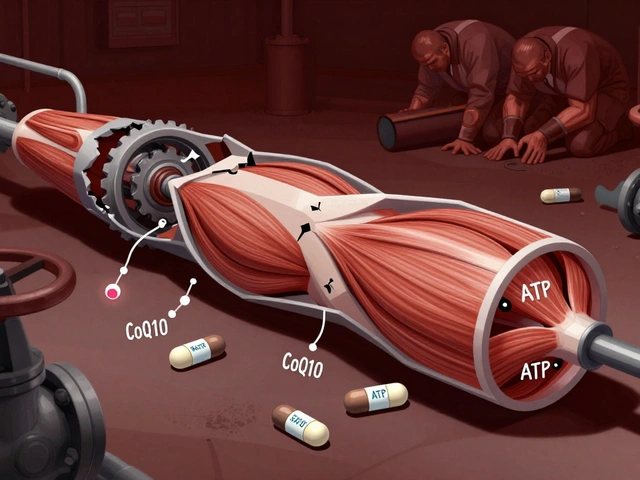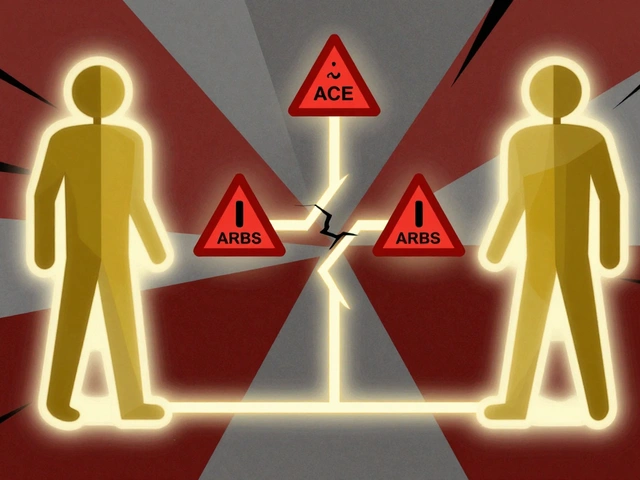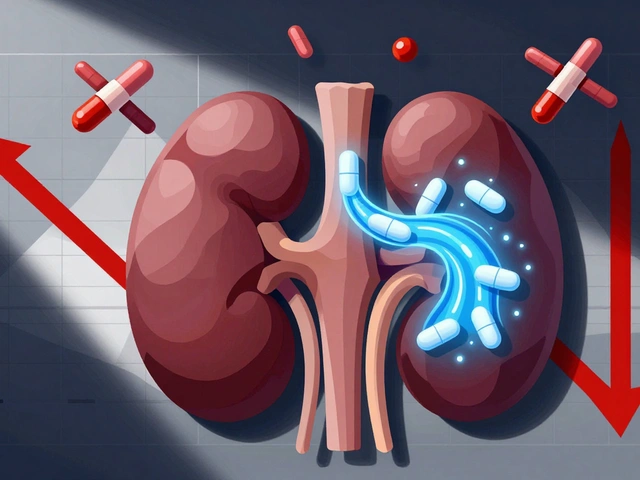Sinus Infection: Causes, Symptoms & Fast Relief
Got a stuffy face, pressure around your eyes, and a nasty headache? Chances are you’re dealing with a sinus infection, also called sinusitis. It’s one of those annoying health hiccups that can turn a regular day into a marathon of tissue boxes and nasal sprays. Below you’ll find straight‑forward info on why it happens, what to look for, and how to get back to breathing easy.
What Triggers a Sinus Infection?
Sinus cavities are air‑filled spaces behind your cheekbones, forehead, and nose. When those passages get clogged, mucus builds up and bacteria or viruses love the warm, damp environment. Common triggers include a cold that won’t quit, allergies that inflame the lining, or even a shift in weather that dries out the nasal passages. Dental infections, a deviated septum, or smoking can also tip the balance toward infection.
Most people get a viral sinus infection after a cold—these usually clear up in a week or two. If the symptoms linger longer than ten days or get worse after a short improvement, it’s likely a bacterial infection that may need antibiotics.
How to Treat and Prevent It
First, keep the nasal lining moist. A saline spray or a simple neti pot rinse helps flush out mucus and reduces pressure. Warm compresses over the cheeks can also ease pain by loosening the blockage.
Over‑the‑counter pain relievers like ibuprofen or acetaminophen cut headaches and facial ache. Decongestants (oral or nasal) shrink swollen tissue, but use nasal sprays for no more than three days to avoid rebound congestion.
If you have allergy‑related sinus issues, an antihistamine or a nasal steroid spray can keep the lining from swelling in the first place. For chronic cases, a doctor might suggest a short course of antibiotics or refer you to an ENT specialist for possible sinus irrigation or surgery.
Don’t forget home habits that keep sinuses happy: drink plenty of water, use a humidifier in dry rooms, and avoid smoking or heavy exposure to pollutants. When you’re sick, elevate your head while sleeping—gravity helps mucus drain instead of pooling.
Remember, most sinus infections clear up on their own with the right self‑care. If you notice fever above 101°F, worsening facial swelling, vision changes, or symptoms lasting more than two weeks, it’s time to call a doctor.
Bottom line: stay hydrated, clear the passages with saline, manage pain and pressure, and watch for red‑flag signs. Follow these steps and you’ll be breathing freely again in no time.

Guaifenesin for Sinus Infections: How This Expectorant Relieves Nasal Congestion
Discover how guaifenesin works against sinus infections, proper dosing, safety tips, and how it stacks up against other OTC options for fast nasal relief.
read more




